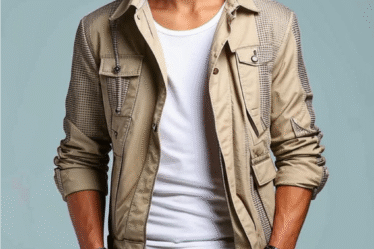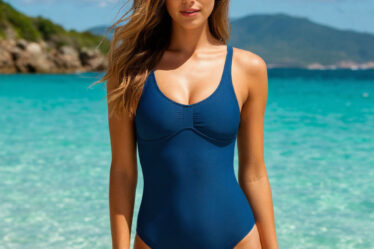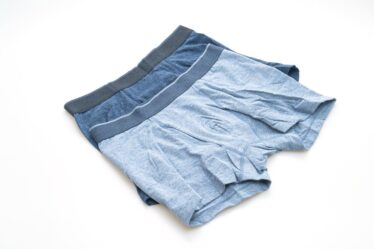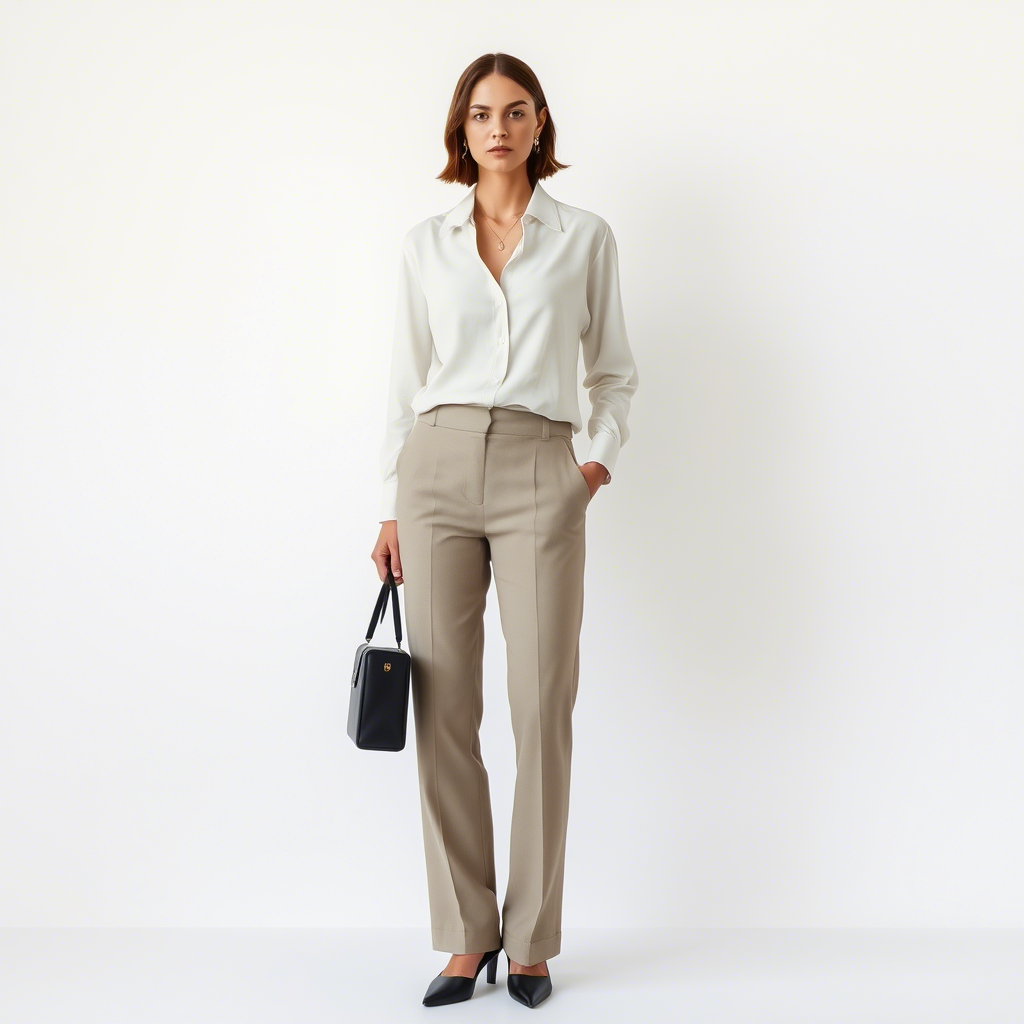
A monochrome outfit isn’t just a passing trend—it’s a timeless fashion move that brings elegance, simplicity, and style. Wearing one color in clothing head-to-toe visually elongates your silhouette, keeps things cohesive, and opens the door to experimenting with textures and subtle combination of shades. Nailing a monochrome outfit takes finesse: it’s about tone, texture, and those little styling decisions that make a big difference.
In this article, we’ll explore how to create a well-balanced monochrome outfit, choose the right shades, and add striking details that make it feel rich and modern. Ready to dive into the magic of wearing one color in clothing?
Monochrome is the fastest way to look polished: pick one hue, vary value and texture, and let accessories echo the palette. We prepared a Beauty Club mini-brochure with mini palettes, silhouette rules, and plug-and-play combos. You’ll find a PDF download at the end of this article to save and print.
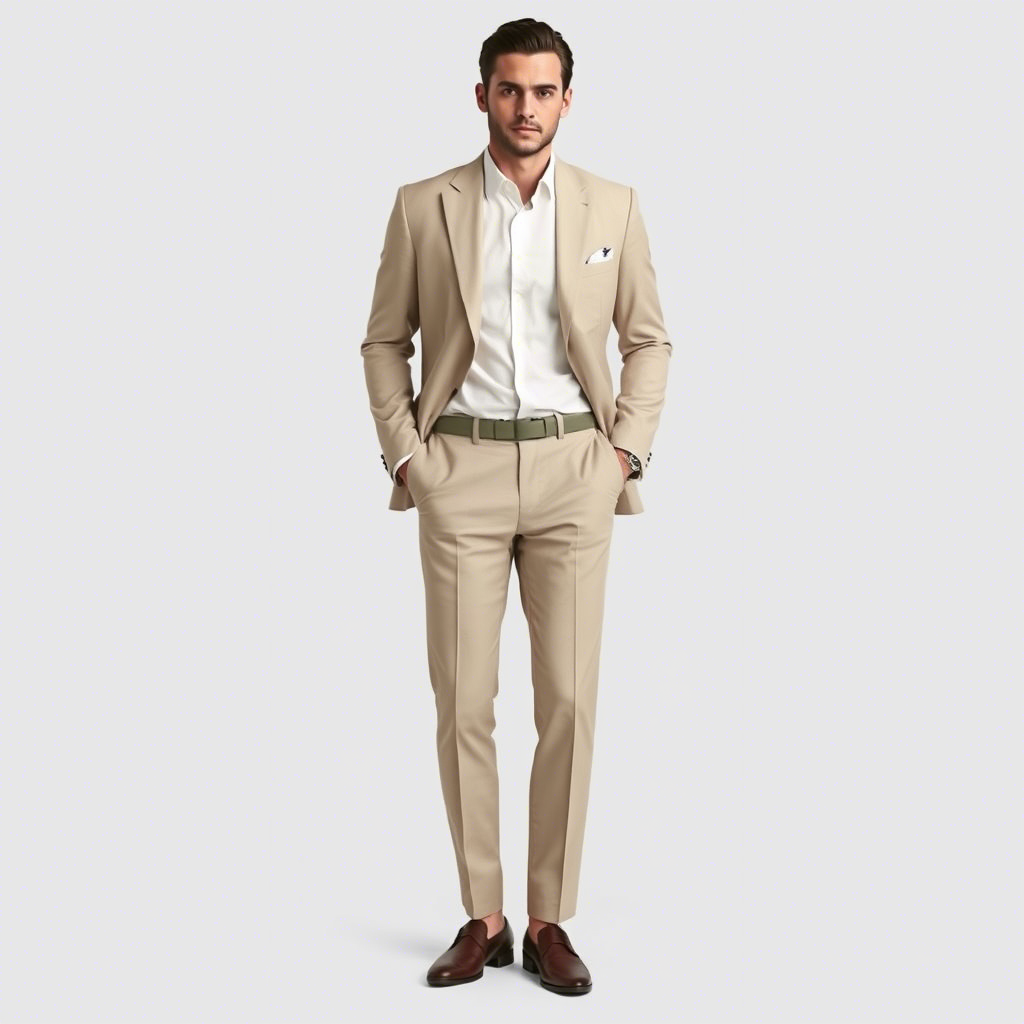
Why a Monochrome Outfit Works So Well
Monochrome styling is an effortless way to look put-together. Whether you’re dressing for everyday wear or a special event, it brings polish without overthinking. With the right tones and textures, your complete look is already halfway there.
Clean, Elongated Lines
Dressing in one color in clothing creates a sense of visual flow, helping you look taller and more streamlined. No breaks in color mean the eye keeps moving—perfect for a flattering silhouette. For example, an all-black or soft beige full outfit naturally lengthens the legs and elevates your whole presence.
Fits Any Aesthetic
From minimalist to dramatic, a monochrome outfit fits right in. Greys are great for those who like restraint; emerald or burgundy makes a statement without needing loud prints. Just avoid cluttering the complete look with too many standout accessories—simplicity keeps things grounded.
Fuss-Free Pairing
No need to obsess over color matching—just pick pieces within the same family. Layer up tones, play with texture, and you’ll have a pulled-together monochrome outfit without much effort. A cozy knit, buttery leather, or crisp cotton in one color in clothing can add unexpected richness.
Subtle Shaping Tricks
Playing with tone depth lets you enhance or balance your proportions. Darker shades minimize, lighter ones amplify. Want longer legs? Go darker on the bottom. Need volume up top? Try a soft, pale blouse. That kind of tonal styling, using a thoughtful combination of shades, gives you quiet control over your silhouette.
Beginner-Friendly
If you’re just starting out with a monochrome outfit, go for failproof shades: black, white, grey, or beige. These are easy to mix and easy on the eye. Experiment with cuts and fabrics instead of color contrast—you’ll still look sharp.
A well-styled monochrome outfit is far from boring. It’s smart, adaptable, and speaks volumes about your style without being loud. Once you find your ideal tone, the rest falls into place.
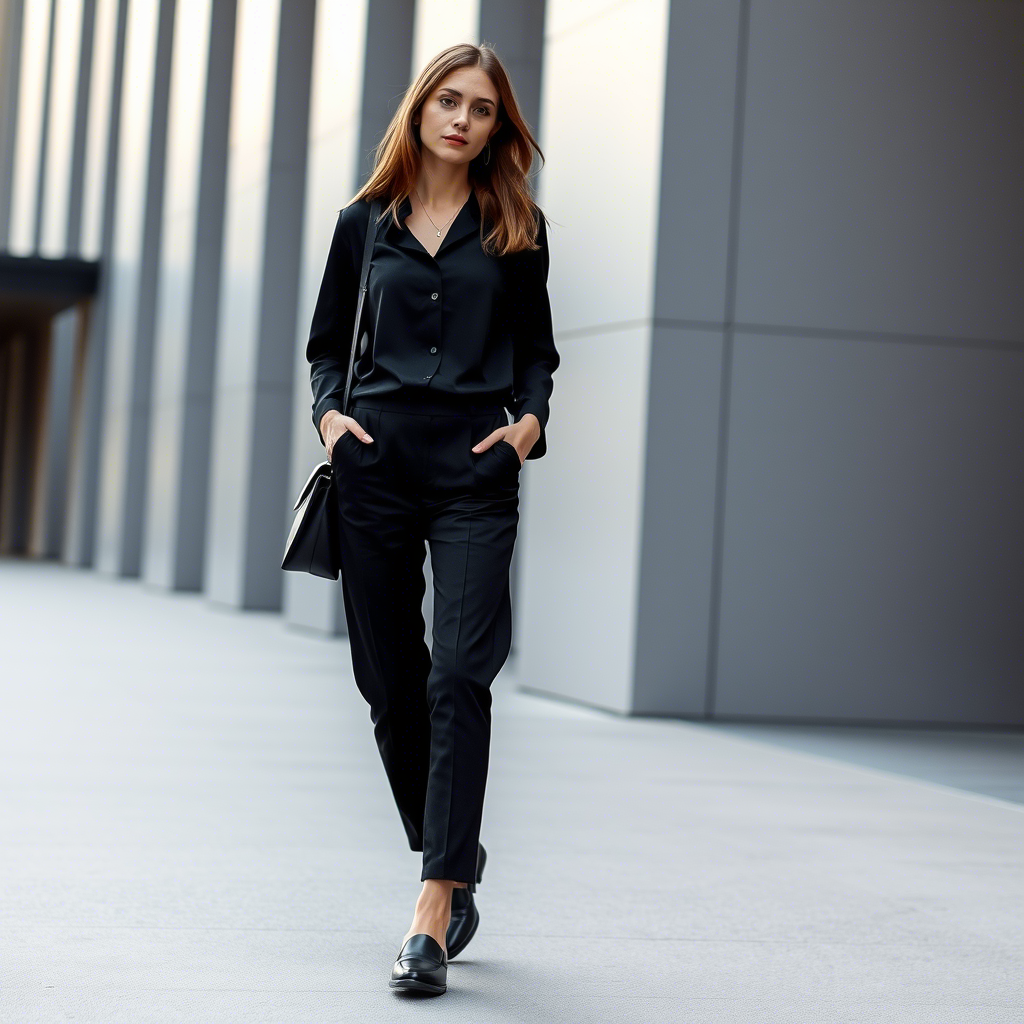
Choosing the Right Shade
The same color can look incredible—or completely off—depending on your skin tone and lighting. It’s not just about liking a color. It’s about whether it likes you back.
Know Your Undertones
- Cool undertones (Winter/Summer) often shine in:
- Charcoal gray
- Emerald green
- Royal blue
- Warm undertones (Spring/Autumn) are best matched with:
- Chocolate brown
- Mustard yellow
- Terracotta
Neutrals like black, white, and grey work across the board—but even those should be tested in natural light.
Let the Season Guide You
Color choice can reflect the season’s mood. Summer? Think bright white, mint, or soft sky blue. Fall loves burgundy, olive, or nutty browns. In winter, go for strong darks. Spring’s perfect for creamy pastels and fresh nudes.
Playing It Safe or Going Bold?
If you’re just experimenting, you might want to stick with:
- Muted grey
- Soft beige
- Deep navy
These work in almost any setting. Feeling adventurous? Go for a rich monochrome outfit in ruby red or emerald green. Just keep the rest of your style toned down to let the color speak.
Shade-on-Shade Styling
Within one color family, try mixing darker and lighter tones. Pair a dusty top with a saturated bottom, or build a gradient from head to toe. That keeps the complete look dimensional without breaking the monochrome outfit effect.
Quick Color Test
Hold the fabric near your face in daylight. If it brightens your skin, makes your eyes pop, or just feels right—it’s yours. Remember, matte fabrics feel formal; shiny ones bring energy.
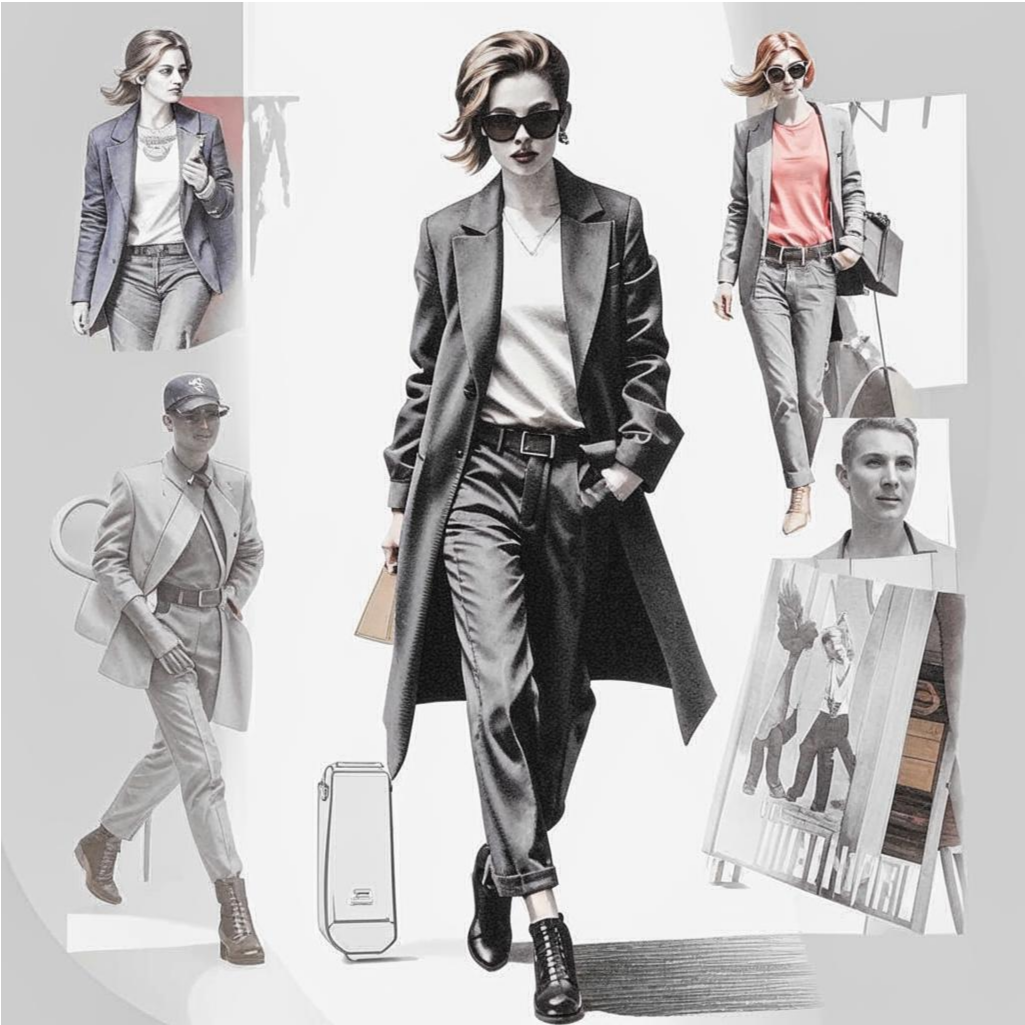
Making It Interesting: Texture, Depth, and Details
The beauty of a monochrome outfit lies in the details. A single color can look flat or luxurious depending on how you use it. That’s where materials, accessories, and combination of shades come in.
Gradients and Layers
Don’t be afraid to build your outfit like a color ladder. A cream top, beige trousers, and chocolate-toned shoes make a great transition from light to dark. It’s sleek and controlled, but not one-note.
Details That Matter
You don’t need contrast colors—just smarter choices within your palette. Try:
- A belt one tone darker
- A textured fabric panel
- A handbag that shifts slightly in sheen
These little moves can tie the whole full outfit together.
Soft Prints? Go for It
Yes, you can wear prints in a monochrome outfit. Stick to subtle patterns—pinstripes, faint plaids, or geometric motifs that don’t distract. Just keep them in the same color family for harmony.
Fabric Variety
Nothing flattens a monochrome outfit like using the same material all over. Break it up:
- Tweed with silk
- Denim with cashmere
- Linen with leather
This gives depth and personality—even when you’re working with just one color in clothing.
Shape and Structure
Play with volume: darker shades slim, lighter ones add body. A dark pencil skirt with a light blouse? Instant hourglass. The effect is clean and natural, especially in a monochrome outfit.
Accessories in Harmony
Shoes and bags should stay in your color scheme—maybe one shade up or down. Gold or silver jewelry works as long as it doesn’t dominate. The goal is cohesion, not competition.

Total Look Inspiration: Everyday to Elevated
Let’s take a look at some go-to ideas for building stunning monochrome outfits.
| Shade | Great For | Textures That Work |
|---|---|---|
| Black | Work, nights out | Wool, velvet, leather |
| White | Summer, beach days | Cotton, linen, crochet |
| Grey | Daily wear, meetings | Tweed, cashmere, silk |
| Beige | Transitional seasons | Knits, brushed wool, suede |
| Burgundy | Evening, events | Satin, leather, wool |
| Emerald | Statement moments | Velvet, silk, shimmer |
| Denim Blue | Casual, relaxed style | All shades of denim |
All Black, All Occasions
- For work: black shirt, tailored trousers, leather belt.
- For night: satin dress, velvet blazer, patent heels.
Stick to contrasting textures to keep the complete look from blending into itself.
Bright Whites for Warm Days
Pair a breezy cotton shirt with loose linen pants and add textural sandals. Going more laid-back? A shirt dress and matching beach cover-up make a great combo. Just match warm or cool whites to your skin tone.
Grey Done Right
Grey doesn’t have to be dull.
- Soft grey sweater and tailored pants = sleek for day.
- Charcoal blazer and dove-grey shirt = sharp for evening.
Layering within this range keeps it polished and modern.
Beige: Soft but Sharp
Beige is quiet luxury done right. Try a sand-toned coat, cappuccino dress, and nude heels. Perfect for fall or spring when you want something cozy but refined.
Vivid Options That Still Work
Burgundy or emerald? Yes, please.
- Try a deep red knit dress with a matching bag and shoes.
- Or go emerald green head-to-toe with velvet trousers and a silk blouse.
In both cases, let the materials do the talking. Don’t go overboard on shine or accessories.
Monochrome in Denim
This monochrome outfit idea is a lifesaver for everyday dressing. Mix different washes: a chambray shirt, mid-blue jeans, and a darker denim jacket. Easy, casual, and layered with personality.
No matter your mood or style, there’s a complete look in one color in clothing that fits. The trick is knowing how to play within your combination of shades.
What to Watch Out For
Even a simple monochrome outfit can miss the mark without a little know-how. Here’s what to avoid:
Samey Materials
If everything’s the same weight and weave, the look can fall flat. Think contrast—mix heavy and light, matte and glossy.
Off-Balance Shades
Monochrome doesn’t mean identical. Vary tones subtly. But too much contrast—like icy blue next to navy—can feel choppy if not managed well.
Overdoing Accessories
Restraint goes a long way. Choose one or two great accents rather than a pile-on. Let your complete look breathe.
Forgetting Your Frame
Shading should support your body shape. A lighter top can broaden shoulders; a darker bottom can slim the hips. Reversing that effect might work—but only if it suits your proportions.
Ignoring the Finishing Touches
Footwear and bags can make or break the look. Stay within your color palette, but feel free to shift one tone lighter or darker. Let metals be minimal, not center stage.
Choosing a Color That Drains You
Even stylish shades won’t work if they clash with your complexion. Try before you commit—some hues can make your skin look dull or tired.
Taking It Too Literally
Don’t think “monochrome” means stiff or overly styled. It’s about balance and tone, not rules. A full outfit should still feel like you.
A polished monochrome outfit isn’t about strict rules—it’s about intention. Choose tones that flatter, fabrics that contrast, and silhouettes that feel right. This approach to style is incredibly flexible: one color in clothing can feel cool, romantic, edgy, or elegant depending on how you shape it.
What’s beautiful about monochrome dressing is how much it teaches you to notice the little things—fabric weight, fit, finish, shade. It rewards observation and good taste more than flash. It’s not just fashion—it’s quiet mastery.
So whether you’re into soft nudes, stone greys, or a punch of emerald, trust the process. With balance and a bit of play, your monochrome outfit will always feel like it was made just for you.
Start with a base set (top + bottom) in the same hue, then add one contrasting texture or value for depth — belt, shoes, scarf.
Download the brochure (PDF): Beauty Club — Stylish Monochrome Look

